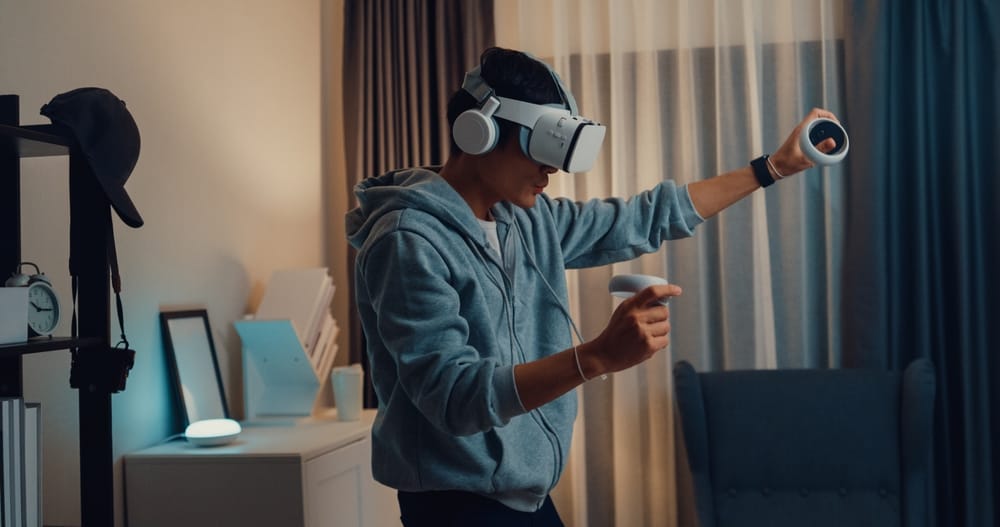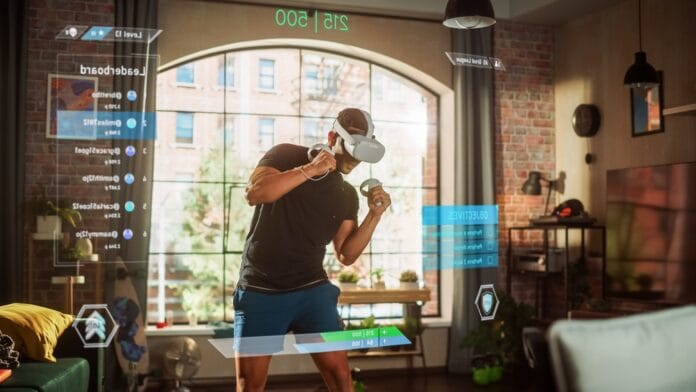Exercise used to be simple. You ran. You lifted weights. You followed a routine because you had to, not because you wanted to.
Now? It’s different.
Fitness apps have changed the game—literally. Instead of just working out, you’re earning points, unlocking badges, beating personal records. It’s a competition, a challenge, a reason to show up even when you don’t feel like it. And weirdly enough, it works.
Gamification isn’t just making workouts more fun—it’s making them addictive. But why?
Why Gamification Keeps You Hooked
There’s something about instant rewards that hits different.
One of the hardest parts of working out is that progress is slow. You don’t see results in a day. Maybe not even in a week. But gamified apps? They don’t make you wait.
- Walk 10,000 steps today? Boom. Here’s a medal.
- Hit three workouts in a row? Congrats, streak unlocked.
- Beat your best time? The app lets you know immediately.
It’s instant feedback. And that little dopamine hit every time you complete a challenge? It makes you want to do it again.
1. The Power of Small Wins
Ever finish a short workout and still feel accomplished? That’s gamification at work.
You don’t have to run a marathon to feel like you did something. These apps break fitness into tiny, winnable moments. And when you keep stacking those small victories, skipping a workout feels like breaking a streak.
That’s why apps like Fitbit and Peloton thrive. They reward effort, not just the end result.
2. Competition Makes Everything More Interesting
Nobody likes to lose, even if they’re not competitive.
That’s why leaderboards work. Strava, for example, doesn’t just track your runs—it lets you see how you stack up against other people in your area. Even if you don’t care about winning, you notice when someone passes your best time.
And suddenly? You want to do better.
It’s not just about beating people. It’s about pushing yourself. About knowing you’re not doing this alone.
3. Progress You Can Actually See
Before fitness apps, how did people know they were getting better? Maybe they felt stronger. Maybe their jeans fit differently. But it wasn’t measurable.
Now? Every step is counted. Every workout logged. Every streak tracked.
There’s no guessing anymore. The progress is right there on your screen, showing you how far you’ve come.

Fitness Apps That Nail Gamification
Not every fitness app is built the same. Some make workouts social. Others turn them into full-on adventures. Here’s how some of the biggest apps keep people engaged:
Strava: The Athlete’s Playground
- Best for: Runners, cyclists, anyone who loves competition.
- Gamification hook: Segments, leaderboards, personal records.
Strava doesn’t just log your workouts—it makes them a race, even when you’re running alone.
Zombies, Run!: Fitness With a Story
- Best for: People who hate traditional workouts.
- Gamification hook: Missions, survival challenges, audio storytelling.
This app doesn’t just track your run—it turns it into an adventure. One moment, you’re jogging. The next? Zombies are chasing you. If that doesn’t make you pick up the pace, what will?
Peloton: Where Fitness Feels Like a Party
- Best for: Anyone who loves live workouts and group energy.
- Gamification hook: Badges, milestones, virtual high-fives.
Peloton isn’t just about exercise—it’s about community. You’re not just working out, you’re riding with thousands of people at the same time. And the energy? It’s contagious.
The Downsides of Gamified Fitness
As much as gamification keeps people moving, it’s not perfect.
1. What Happens When the Streak Breaks?
If you’ve ever lost a streak in an app, you know the pain.
For some, missing one day makes them quit altogether. When the reward system disappears, so does the motivation. The challenge? Finding ways to stay consistent even when the app isn’t cheering you on.
2. Too Much Comparison Can Kill the Fun
Leaderboards push people—but they can also discourage them.
Not everyone wants to see they’re in 267th place on a local Strava segment. For some, it’s motivating. For others? It’s just a reminder that they’re not at the top.
The key? Focusing on personal progress.

The Future of Fitness Gamification
So, what’s next?
Expect more AI-powered coaching, workouts that adjust in real time, and even VR fitness experiences where you’re biking through a futuristic city or battling digital opponents.
Fitness isn’t just evolving. It’s becoming something you don’t want to miss.
Final Thoughts
For years, working out was about discipline. Now? It’s about engagement.
Badges, streaks, leaderboards, challenges—these things make fitness fun, not just something you “should” do.
And let’s be honest—when was the last time you regretted finishing a workout?
Exactly.


